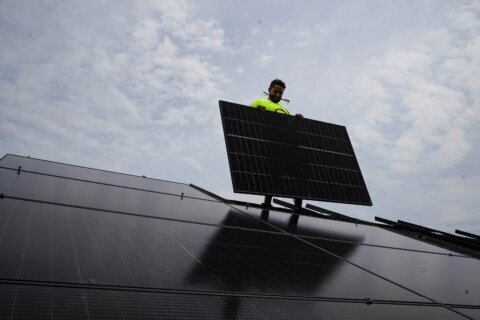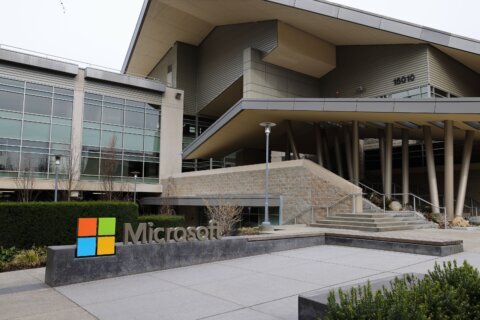Q: Have you been able to do any real world testing of a 5G phone yet?
A: Two cellular providers have chosen my hometown of Phoenix as an early rollout location for their 5G service: Sprint and Verizon.
Sprint provided me with a Samsung S10 5G and a list of 11 locations around town that offer 5G service so I could test drive their network.
I started with testing the speed in the areas surrounding three of the locations that Sprint provided in central Phoenix. I used a variety of speed testing apps to get a sense of the average download and upload speeds as well as the latency.
While much faster speeds will be great, low latency is a much more important benefit of 5G, because it will dramatically reduce the amount of time that it takes to get a response to anything we do online.
Imagine the lag when you’re using FaceTime and Skype or that noticeable delay when you tap on a YouTube video becoming a thing of the past. This nearly real-time response is going to change how we use the internet in the future.
Test results
Keeping in mind that any single test of an internet connection is a snapshot of that moment, it’s important to repeatedly test and use the averages to get the most accurate measurements.
My test results over two days were an average download speed of 163.9 Mbps, an average upload speed of 8 Mbps and an average latency of 23.7 milliseconds.
As a point of reference, my 4G test results on a competing network generated an average download of 16.35 Mbps, uploads of 10.98 Mbps and latency of 66.5 milliseconds.
The highest single 5G speed test was a download of speed 412.1 Mbps, an upload speed of 33.2 Mbps and a latency of just 11 milliseconds.
My results were download speeds roughly 10 times faster and 65% lower in latency than 4G.
Upload speeds on 5G networks are currently using the 4G LTE network so anyone hoping for dramatic improvements in upload speeds is going to have to wait.
Outside vs. inside speed
All of the test results above were generated within a quarter mile of the 5G cell location and were done outside in order to provide the best possible speeds.
One of the major challenges that 5G faces is that it’s operating at such a high frequency, it’s not good at penetrating obstructions, like the walls of a building. The higher the frequency, the more of a challenge it will be to get to users inside of a structure.
Compared to 5G, 4G operates at a relatively low frequency, so it’s much better at providing about the same speeds whether you are inside a building or outside.
All of my 5G tests inside of a building resulted in dramatically lower speeds, especially if I wasn’t near a window. The industry is aware of this challenge and working on various potential solutions, which is another reason most of us should wait for this exciting technology to evolve.
Ken Colburn is founder and CEO of Data Doctors Computer Services. Ask any tech question on Facebook or Twitter.







